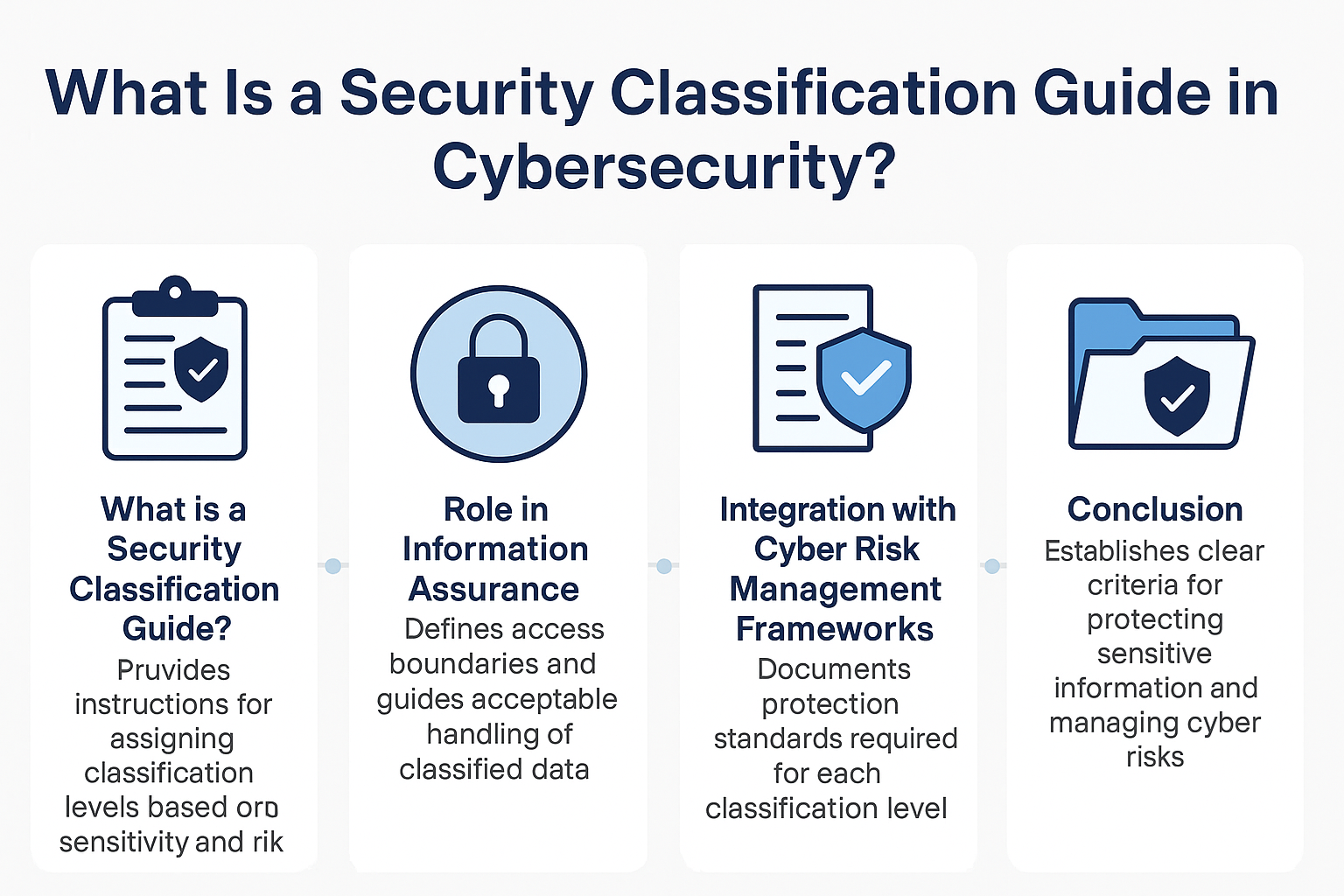Importance of data-driven decision-making in organizations

Importance of data-driven decision-making in organizations
6 steps to effectively make data-driven decisions
What is the importance of data-driven decision-making in business?
What is business analytics, a data-driven decision-making approach for business?
Why is data analysis critical in business decision-making?
What is the role of a data analyst in driving business insights and decision-making?
Find a course provider to learn BA
Java training | J2EE training | J2EE Jboss training | Apache JMeter trainingTake the next step towards your professional goals in BA
Don't hesitate to talk with our course advisor right now
Receive a call
Contact NowMake a call
+1-732-338-7323Take our FREE Skill Assessment Test to discover your strengths and earn a certificate upon completion.
Enroll for the next batch
Business Analysis Hands-on Training with Job Placement
- Nov 10 2025
- Online
Business Analysis Hands-on Training with Job Placement
- Nov 11 2025
- Online
Business Analysis Hands-on Training with Job Placement
- Nov 12 2025
- Online
Business Analysis Hands-on Training with Job Placement
- Nov 13 2025
- Online
Business Analysis Hands-on Training with Job Placement
- Nov 14 2025
- Online
Related blogs on BA to learn more

Why Learn to Analyze Business Needs and Deliver Results as a Business Analyst?
Discover the key skills of a Business Analyst, including problem-solving, stakeholder engagement, data analysis, and solution delivery, to make informed decisions and achieve business goals.

What is the importance of acquiring business requirement skills in a BA course?
Learn the technical and non-technical skills required for Business Analysts, and how Sulekha's comprehensive BA course equips you to excel in today's competitive market.

Is Business Analyst a High-Paying Job? Top Hiring Companies
Learn about the high-paying Business Analyst role, with insights on salary, job growth, top companies hiring, and how to get started in this thriving field.

What is Business Mathematics?
Explore the essential role of Business Mathematics in solving financial, operational, and marketing challenges across various industries, enhancing decision-making and efficiency.

What is Microeconomics?
Explore microeconomics, the study of individual and firm decisions on resource allocation, pricing, and market behavior. Learn about key concepts like supply, demand, and equilibrium.

What is Business?
Explore the essential concepts of business, from its characteristics and types to its role in the economy. Gain insights into different business structures and their significance.

What is business communication?
Learn about business communication, its types, objectives, and essential aspects to enhance workplace communication. Discover effective strategies for sharing information within and outside your organization.

What Is a Business Analyst? A comprehensive guide
What is a Business Analyst? - A comprehensive guide exploring the role of a business analyst

Why is it important to utilize both planning and analytical skill together?
Effective decision-making requires combining planning and analytical skills to gather insights, prioritize goals, and make informed strategic choices.

Is it possible to manage changes to requirements and designs?
Learn how to effectively manage changes to requirements and designs using a structured process that ensures stakeholder alignment and minimizes project disruptions.
Latest blogs on technology to explore

Cyber Security in 2025: The Golden Ticket to a Future-Proof Career
Cyber security jobs are growing 35% faster than any other tech field (U.S. Bureau of Labor Statistics, 2024)—and the average salary is $100,000+ per year! In a world where data breaches cost businesses $4.45 million on average (IBM, 2024), cyber secu

SAP SD in 2025: Your Ticket to a High-Flying IT Career
In the fast-paced world of IT and enterprise software, SAP SD (Sales and Distribution) is the secret sauce that keeps businesses running smoothly. Whether it’s managing customer orders, pricing, shipping, or billing, SAP SD is the backbone of sales o

SAP FICO in 2025: Salary, Jobs & How to Get Certified
AP FICO professionals earn $90,000–$130,000/year in the USA and Canada—and demand is skyrocketing! If you’re eyeing a future-proof IT career, SAP FICO (Financial Accounting & Controlling) is your golden ticket. But where do you start? Sulekha IT Serv

Train Like an AI Engineer: The Smartest Career Move You’ll Make This Year!
Why AI Engineering Is the Hottest Skillset Right Now From self-driving cars to chatbots that sound eerily human, Artificial Intelligence is no longer science fiction — it’s the backbone of modern tech. And guess what? Companies across the USA and Can

Confidence Intervals & Hypothesis Tests: The Data Science Path to Generalization
Learn how confidence intervals and hypothesis tests turn sample data into reliable population insights in data science. Understand CLT, p-values, and significance to generalize results, quantify uncertainty, and make evidence-based decisions.

What Is a Security Classification Guide in Cybersecurity?
A Security Classification Guide (SCG) defines how to categorize information assets by sensitivity, with clear instructions from authorized officials to ensure consistent, compliant data handling.

Artificial Intelligence – Field of Study
Explore how Artificial Intelligence blends Machine Learning, Deep Learning, NLP, and Computer Vision to build intelligent systems that learn, reason, and decide. Discover real world applications, ethics, and booming career scope as AI education deman

Understanding Artificial Intelligence: Hype, Reality, and the Road Ahead
Explore the reality of Artificial Intelligence (AI) — its impact, how it works, and its potential risks. Understand AI's benefits, challenges, and how to navigate its role in shaping industries and everyday life with expert training programs

How Much Do Healthcare Administrators Make?
Discover how much healthcare administrators make, the importance of healthcare, career opportunities, and potential job roles. Learn about salary ranges, career growth, and training programs with Sulekha to kickstart your healthcare administration jo

How to Gain the High-Income Skills Employers Are Looking For?
Discover top high-income skills like software development, data analysis, AI, and project management that employers seek. Learn key skills and growth opportunities to boost your career.